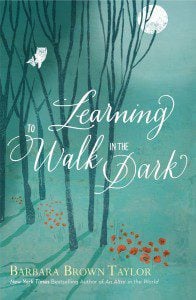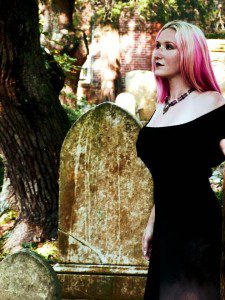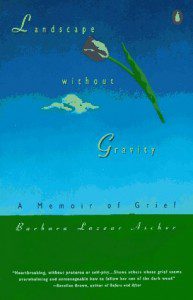In our pluralistic world, Christians are increasingly open to supplementing their faith with lessons from other religious paths. My understanding of prayer has deepened through practicing Buddhist meditation techniques. I’ve learned how to celebrate Sabbath more joyfully from Jews. The Muslim commitment to pray five times a day has challenged me to be more regular in my own prayer practice.
Most recently, I have become more attuned to the Pagan notion of the Wheel of the Year, which invites us be attentive to the ebb and flow of the seasons. In addition to the four major secular turning points — Winter Solstice, Spring Equinox, Summer Solstice, and Fall Equinox — the Pagan Wheel of the Year adds four midpoints. For me, these halfway markers add welcome texture to my sense of time.
For instance, today is Imbolc, which invites us to notice that we are halfway between Winter Solstice (the “darkest day of the year” with the longest amount of darkness and least amount of sunlight) and Spring Equinox (when there will be equal amounts of darkness and sunlight in a 24-hour period).
As Christians become more open to embracing life in this world — and to loving God’s creation here and now — I invite you to consider that becoming more aware of the pagan Wheel of the Year can help you align your soul with the life-giving movement of the seasons. In that spirit, I invite you to take time right now to step outside, take a deep breath, and notice the sight and sounds and smells of the season.
There may be snow on the ground or a chill in the air, but the darkest day of the year is now well behind us. We are invited to begin tuning our hearts, mind, and soul toward the coming spring. We are invited to welcome this hallowed time of Imbolc. Can you feel the Wheel of the Year turning?












